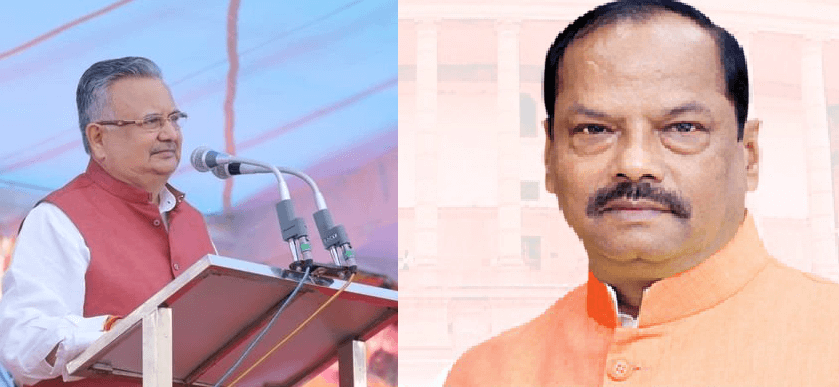
Assembly Elections to the States of Chattisgarh and Jharkhand are round the corner. Raman Singh lost the elections in 2018. So did Raghubar Das in 2019. However, both left behind different legacies for their successors. Raman Singh’s legacy in Chhattisgarh benefitted those who vanquished him. Political stability in the State has meant the development agenda being taken forward to a distance that the adjoining State of Jharkhand still can’t dream of. Crowning is a sprightly Naya Raipur that houses the government whereas Jharkhand is still struggling to find/construct one. It has to make do with the ‘Project Bhavan’ carved out of a public sector undertaking building that now houses the State government machinery.
Both Jharkhand and Chhattisgarh came into being around the same time at the turn of the century. Jharkhand was carved out of Bihar and Chhattisgarh out of Madhya Pradesh (MP). Both States benefitted from this separation. Consequent to the separation, the average growth rate of both these states increased. But that is where the similarity ended. The growth rates of both States were different.

Whereas Chhattisgarh forged ahead of its parent State in terms of GDP growth, Jharkhand lagged behind. Concrete numbers prove this. At the time of the creation of these States, the Jharkhand region of Bihar was growing at an average rate of 3.6 per cent between 1994-95 and 2001-02. After the separation, it grew at an average rate of 6.3 per cent between 2001-2 and 2011-12. However, during this period, Bihar grew at an average rate of 11.4 per cent.
In the case of the Chhattisgarh segment of MP, it was growing at an average rate of 3.1 per cent during the period between 1994-95 and 2001-2 and post-separation it grew at the rate of 8.6 per cent during 2001-2 and 2011-12. It left behind its parent State which grew at an average rate of 7.6 per cent during this period.
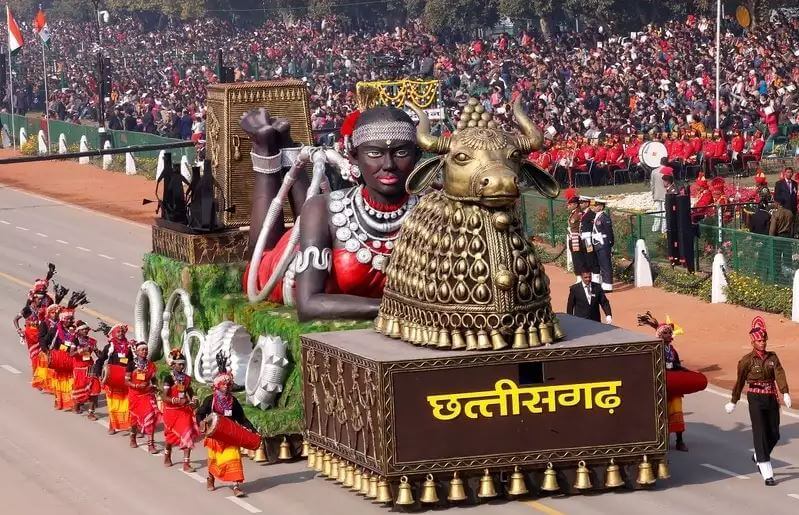
In the case of per capita income, Jharkhand (2.1 per cent) performed only marginally better than the parent State of Bihar (2.0 per cent) post-separation, whereas Chhattisgarh (2.5 per cent) outstripped MP (2.0 per cent).
There are some other startling facts as well. Jharkhand has almost thrice the population of Chhattisgarh but its Excise Revenue is almost one-third of Chhattisgarh. Revenue generation is languishing in Jharkhand in general despite the State being as mineral-rich as Chhattisgarh.
So what then went wrong with Jharkhand?
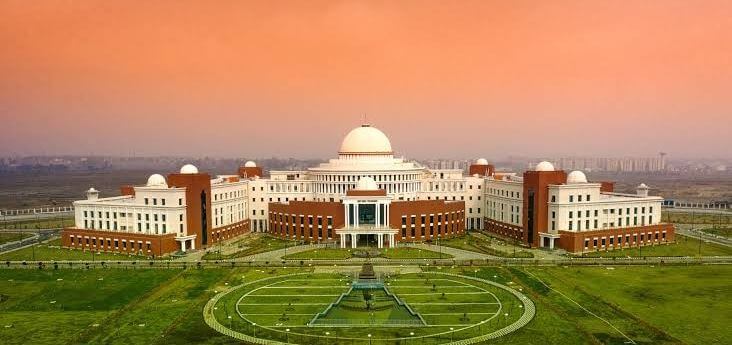
Political instability was the key factor. Whereas in Chhattisgarh there was political stability, Jharkhand was mired by short-tenure governments that were incapable of taking a long-term view. In fact, governance at the political level was beset with allegations of corruption. Some Jharkhand-based politicians came under the scanner at the national level as well. The coal scam saw senior politicians being arraigned. In a way, this mineral-rich State was being afflicted with the infamous ‘Dutch disease’.
Also Read: Why should so many govt departments, and corporate offices be based in or around Delhi?
There was a singular lack of visionary leadership in Jharkhand. The politicians were busy milking the State in their short tenures. No visionary leader like Raman Singh emerged in the State.

The bureaucratic structure and the civil servants partly contributed to the mess in Jharkhand. When Jharkhand was created, the Bihar State bureaucracy was already reeling under the aftermath of the fodder scam. The best of the civil servants like R S Sharma and Rajiv Gauba chose to go over to the Centre after their brief stints as Chief Secretary. As against this, one of the brightest civil servants, Vivek Dhand preferred to stay back in the State of Chhattisgarh and served as Chief Secretary for almost four years. He shepherded the civil servants in the State and guided them into performing well in their respective roles. He had the advantage of having served as the Secretary to Raman Singh for a long time. Hence, he could bring about a continuity in administration when he took over as Chief Secretary of the State.

Jharkhand, in contrast, suffered on account of senior servants who had political ambitions with a couple of them even having dubious reputations. When I met Raghubar Das for the first time, I was Secretary, of the Ministry of Coal, Government of India. I found in him a person who was focused, decisive and keen on developing the State. He had a competent bureaucratic team around him in the beginning. He tried to put the house in order. It was in this environment that when he asked me to assist him in the capacity of Chief Executive Officer of the State Planning Board, I agreed.

However, I soon discovered that there had come about a change in the bureaucratic functioning once Rajiv Gauba shifted to the centre. There were still a number of extremely competent officers both at the State headquarters as well in the field. However, the State suffered on account of some officers who were either inefficient, indecisive, indifferent, arrogant, dishonest or a combination of these. It is true that these were exceptions, but a couple of such officers held critical positions and, hence, were visible.
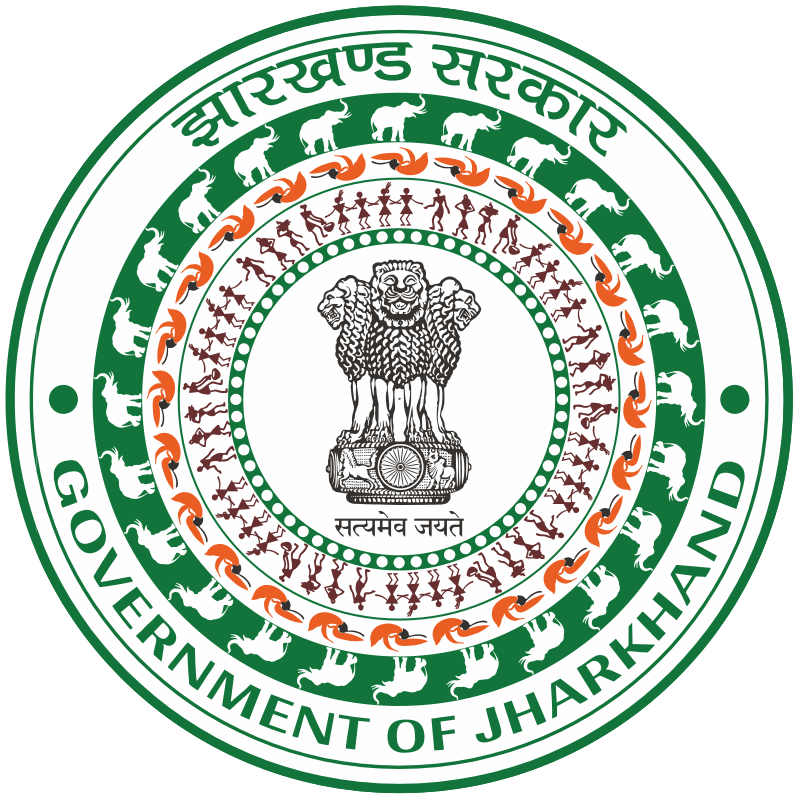
As I travelled through the State some of the discoveries were alarming. There was frustration among the field officers as their communication was not being responded to by some officers at the State headquarters. It was difficult to explain why a couple of Blocks in a District did not have a single commercial bank branch. What was even more appalling was the reaction of the senior bureaucracy when this fact was brought to their notice. There were a number of decisions that had been taken at various levels but awaited implementation even after years. No one seemed to be following up on the decisions.
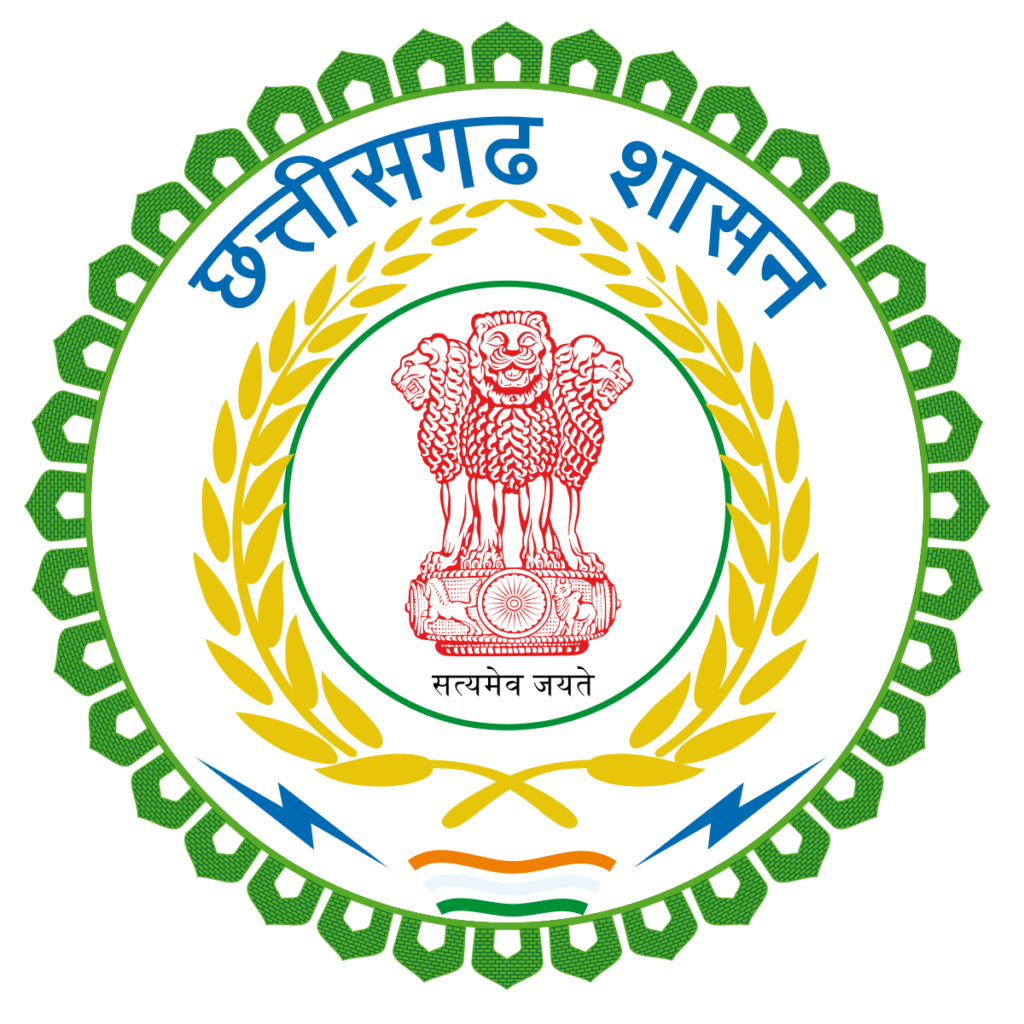
The State finances were in terrible shape but no one seemed concerned. The State owed Damodar Valley Corporation, a Central public sector power generating company, more than INR 3,000 crore as energy bills and no one had a clue about when and how these will be paid. The State could have learnt a lot from others, especially Chhattisgarh, but first, they had to admit the existence of a crisis. A select set of bureaucrats were feeling threatened when such issues were being highlighted. The short-tenure Chief Secretaries who depended upon extensions made matters worse. It was frustrating, to say the least.
Chattisgarh marches on under the able leadership of Bhupesh Bhagel. He has carried on from where Raman Singh left. Despite belonging to two extremes of the political spectrum, both have served the State well.

